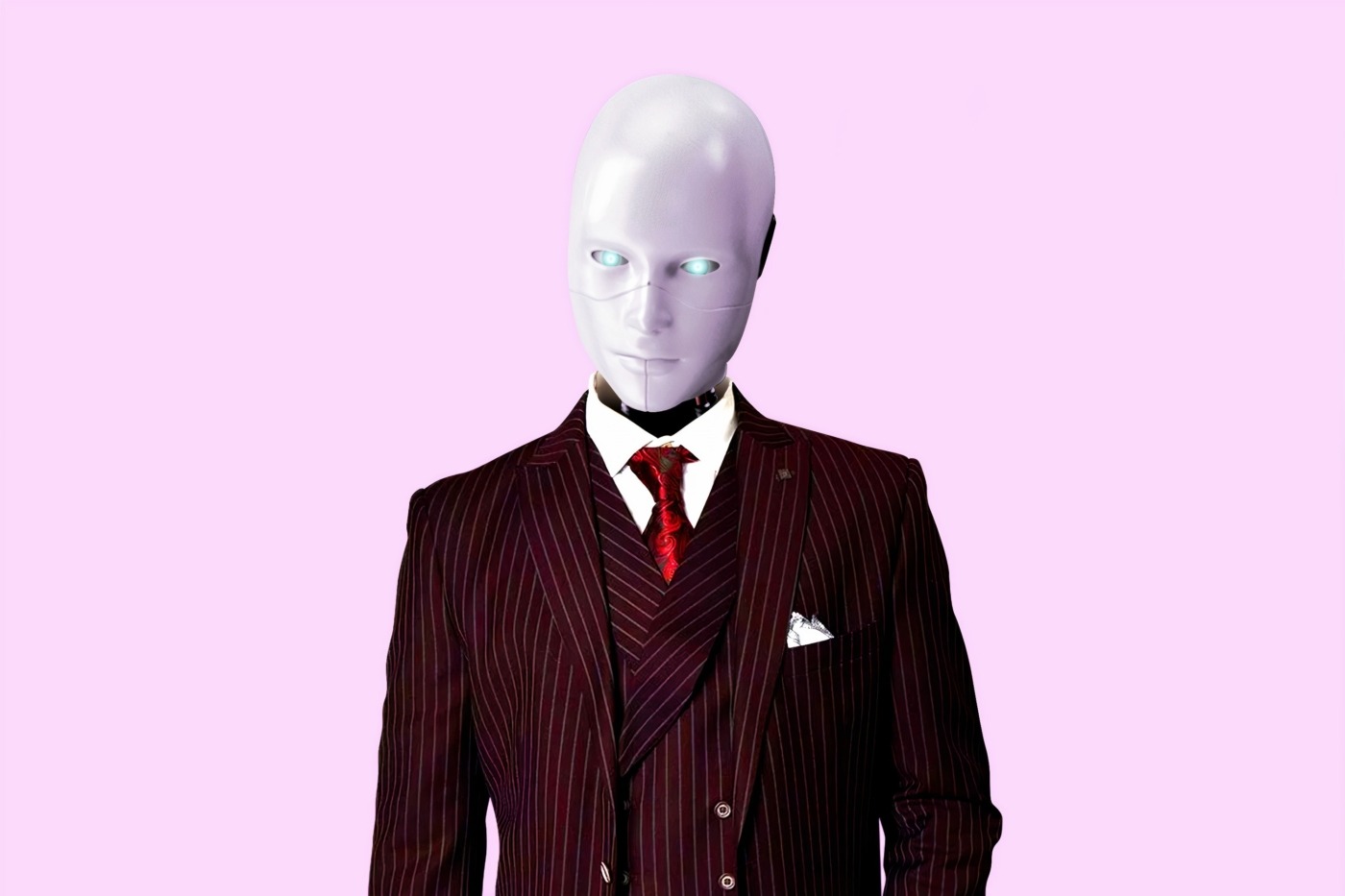Are CGI models the future of fashion?
Balmain, a French luxury fashion house, recently used three computer-generated models for their latest campaign. This decision has sparked conversations within the fashion industry, with many questioning whether we will feel pressure to fulfil the standards of computerised images, and others adding that it could make the industry more inclusive.
Since CGI model Lil Miquela began her journey to fame in 2016, there have been debates around the ethics of using CGI models. Most of these debates centre around the beauty standards promoted through the use of her as a model.
The standards she portrays across her social media accounts conform to an unattainable level of beauty and popularity which can be incredibly harmful to real people who struggle to achieve this.
CGI can allow brands to have much more control over how they want their models to look
She is a CGI creation with 1.6 million Instagram followers, who ‘sings’ and ‘spends time’ with celebrities, as well as dating real men – all of which are available to view on her social media profiles. She has worked with Pat McGrath and Prada and has recently had an editorial feature in Vogue.
Lil Miquela is viewed as a style icon by many and has thousands of people commenting on her posts and complimenting her appearance. She can talk and sing, but the main attraction to her is how human she looks, as well as the narrative that she is a real human.
One of the other ‘models’ Balmain have used is called Shudu. Her Instagram page has been featured by Fenty Beauty, and she has acquired likes and comments from Naomi Campbell, Alicia Keys and Tyra Banks. She is a black model, and her creation has allowed audiences to be exposed to more people of colour. Shudu was made by a white man, which probes the question of how a white man can possibly represent a black woman.
Minority models will be even more disadvantaged because they will be replaced with a computer
CGI can allow brands to have much more control over how they want their models to look, so there is a possibility that it could lead to more intentional inclusivity and diversity. If these models were not attached to a brand, and just existed on social media, people may become fascinated by the world of CGI, and there may be a rise in wanting to see minority models in the real world.
However, these models already physically exist, and inclusivity shouldn’t be just a trend. Minority models will be even more disadvantaged because they will be replaced with a computer. This variation in models could alternatively result in a shift in beauty standards and the same amount of pressure for the public.
When these models, like Shudu, are digitally born, they are made too perfect and already photoshopped and edited with smooth, flawless skin and altered to the time’s most trendy body type.
CGI models are currently not obliged to state whether their posts are an #ad or #spon
Recently, companies have been celebrating scars, such as stretch marks, in their models, and there are even talks that Instagram may make users state if a filter or editing has been used on our photos.
There has also been a rise in disabled models, with Ellie Goldstein becoming the first model with Down’s syndrome to appear on the cover of Vogue. These people have always been present in our society, but it is only in the last few years that they have made their way into the mainstream media and the public’s eye. I fear that if CGI were to increase in the fashion world, we would be taking so many steps back.
CGI models are currently not obliged to state whether their posts are an #ad or #spon – an interesting loophole from a business perspective. It allows for the dystopian prospect of seeing an item of clothing, on a digitally created model that we admire, could encourage us to make a purchase. Although, one positive for the consumer could be that, if CGI developed, we could see clothes we are considering buying, on a range of shapes and sizes.
Nothing expresses inclusivity more than bringing physical, diverse people together
So, with an incredibly creative and exciting development in the fashion world, like everything, there will be some downfalls. Perceptions of beauty, and how these can affect our standards, largely comes down to how the fashion industry utilise their models.
As a result, they can be responsible for the narrative of how we ‘should’ look throughout our lives, and there should be more pressure for the industry to consider the implications of their model choices and campaigns. CGI could help envision this, but I believe nothing expresses inclusivity more than bringing physical, diverse people together.

Comments